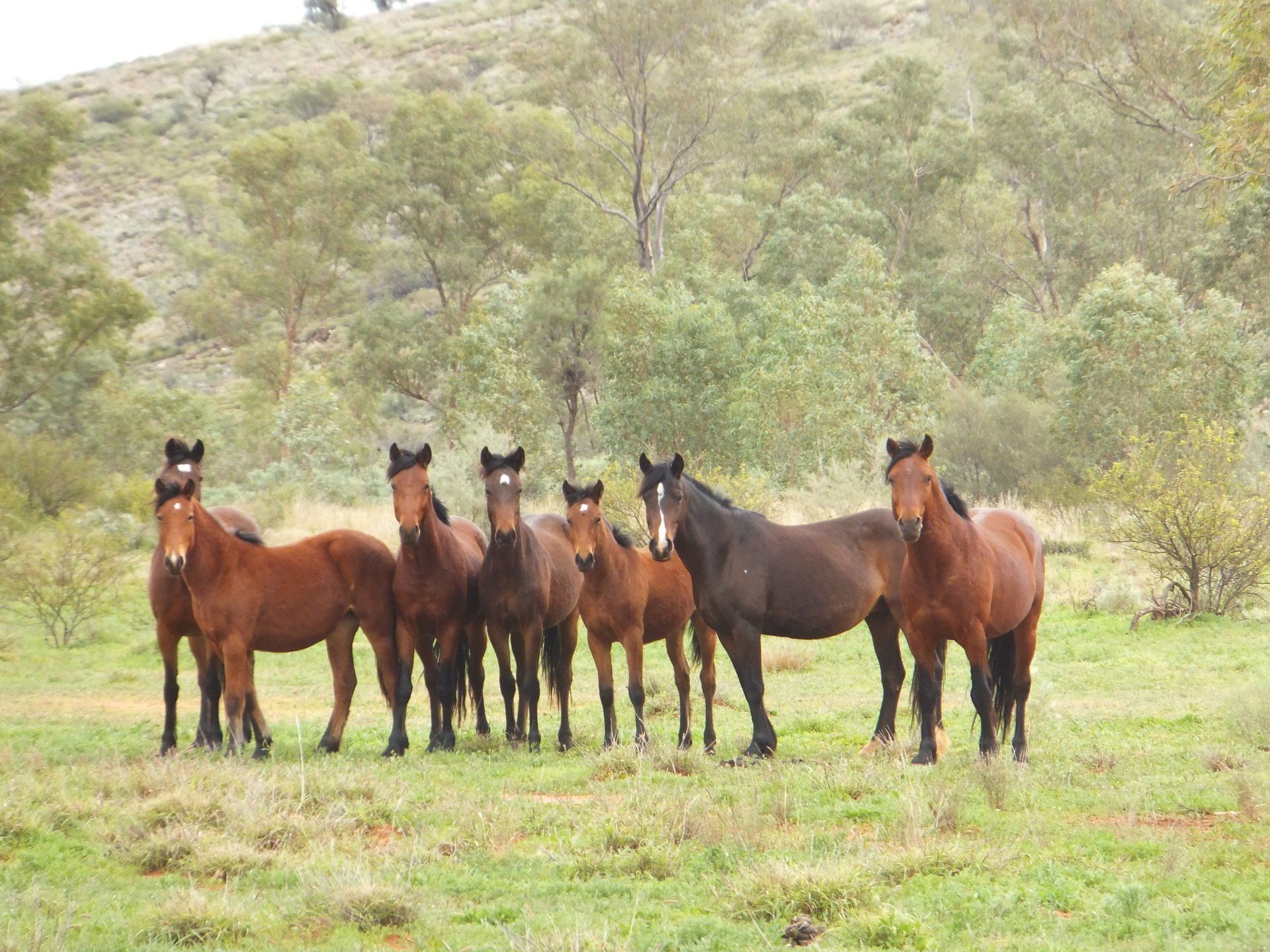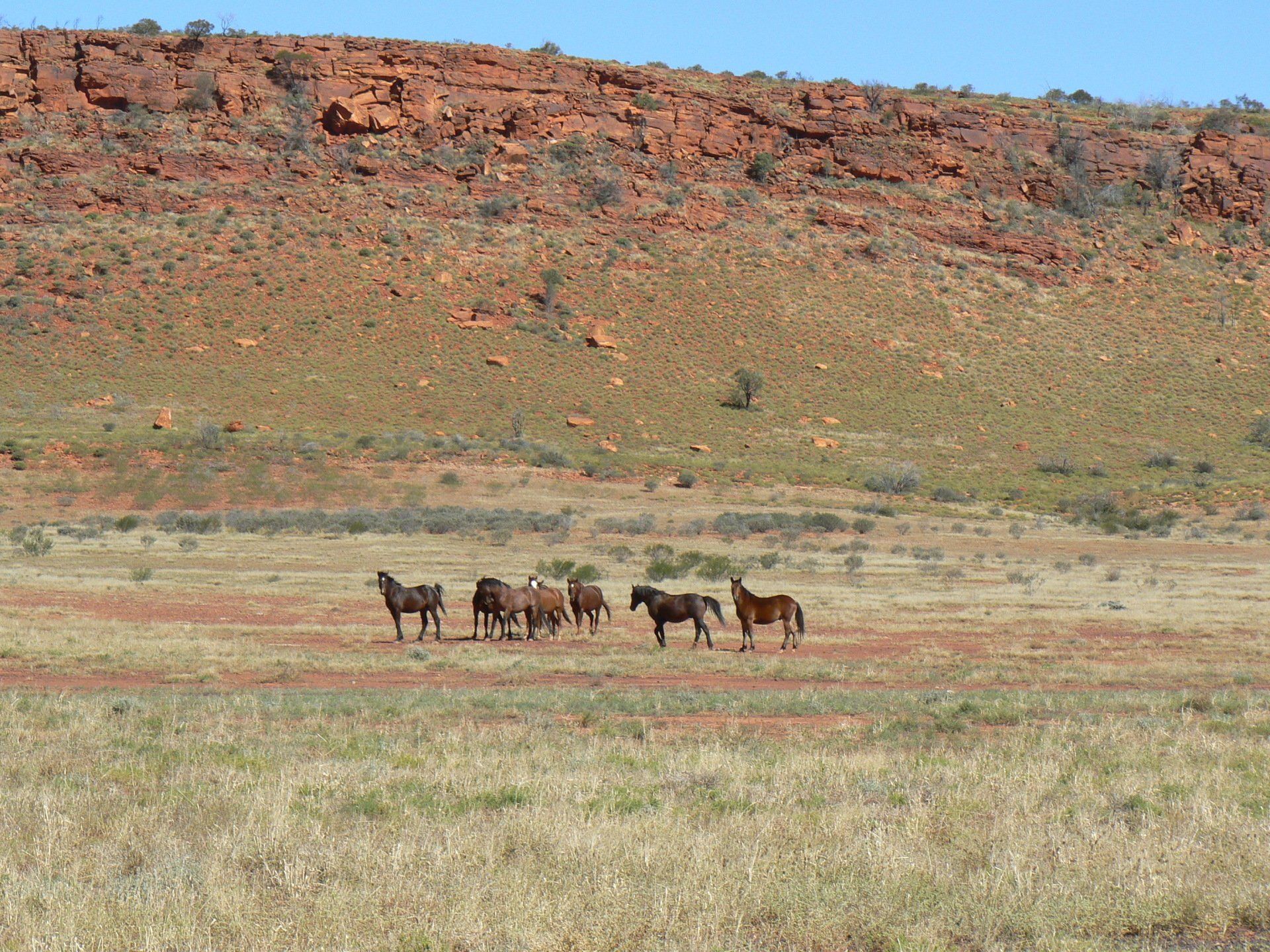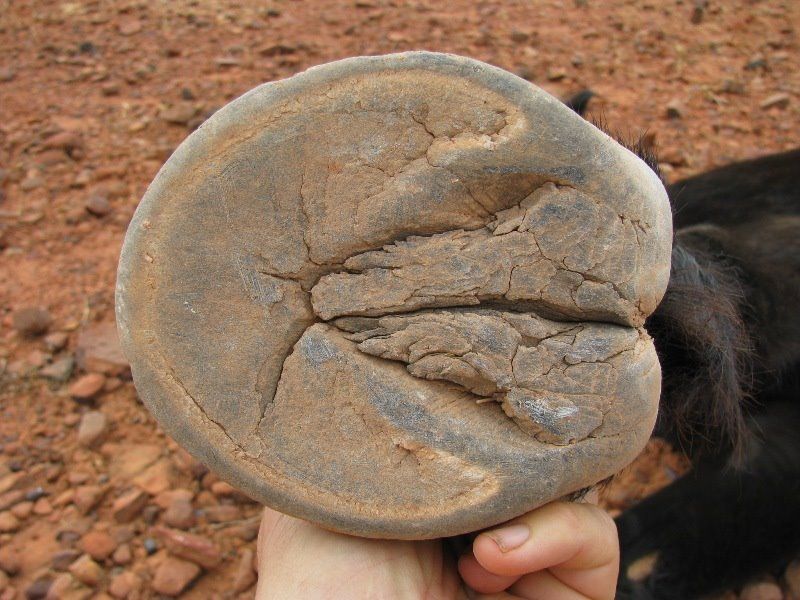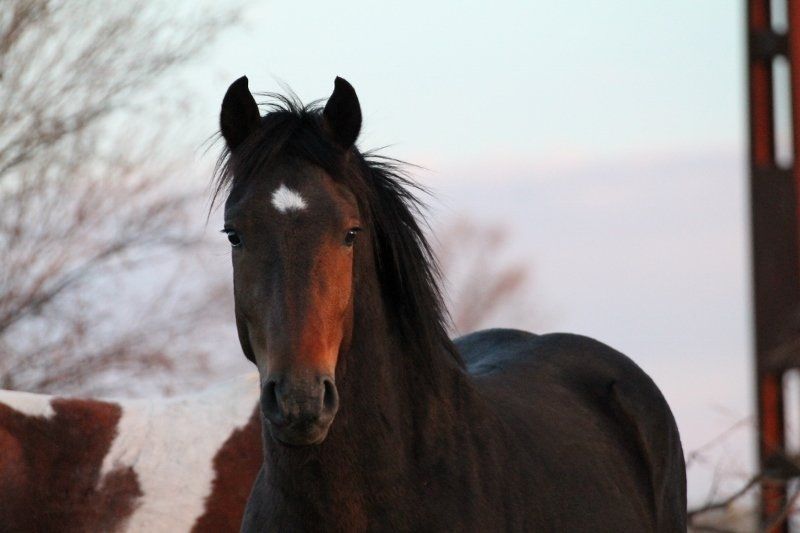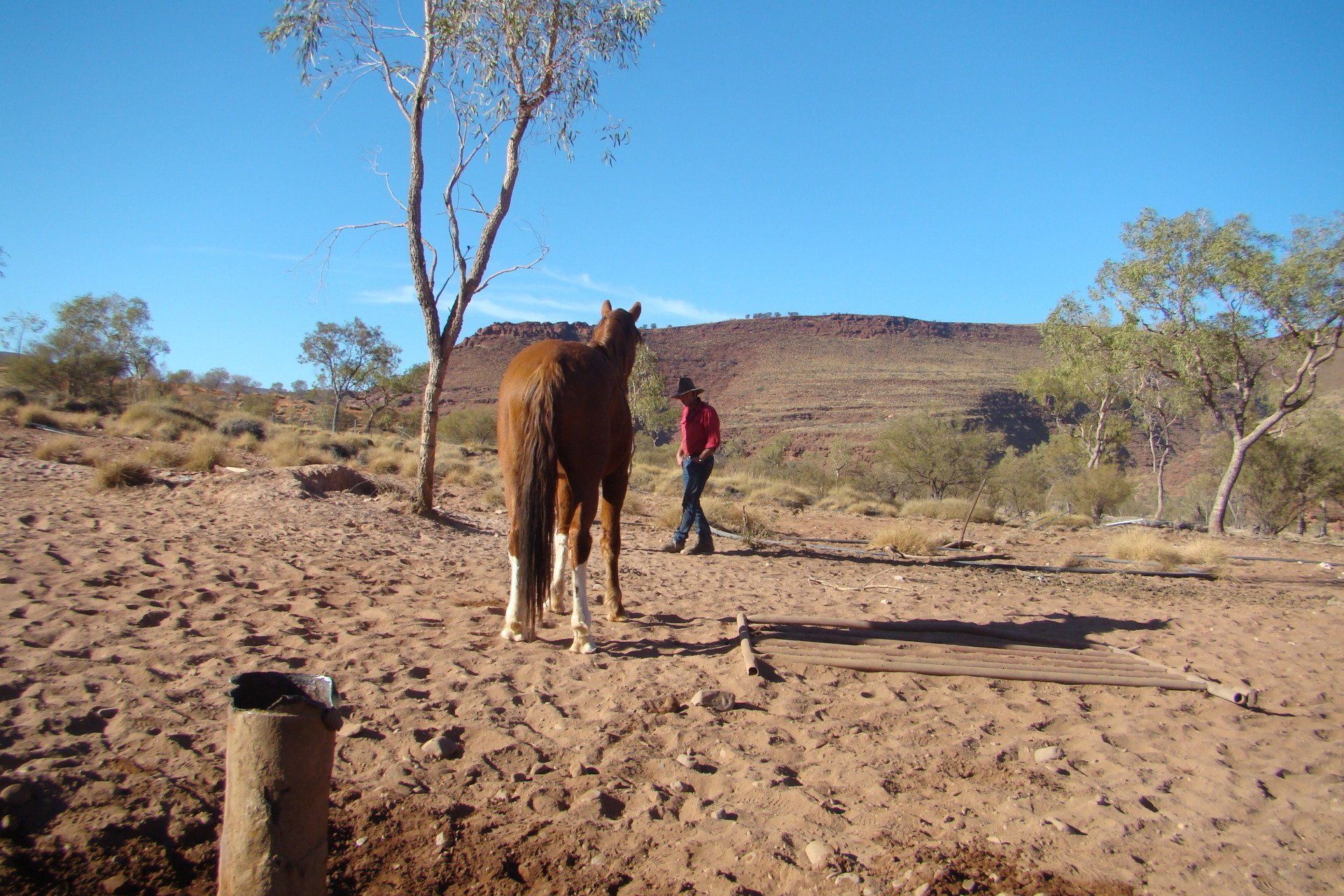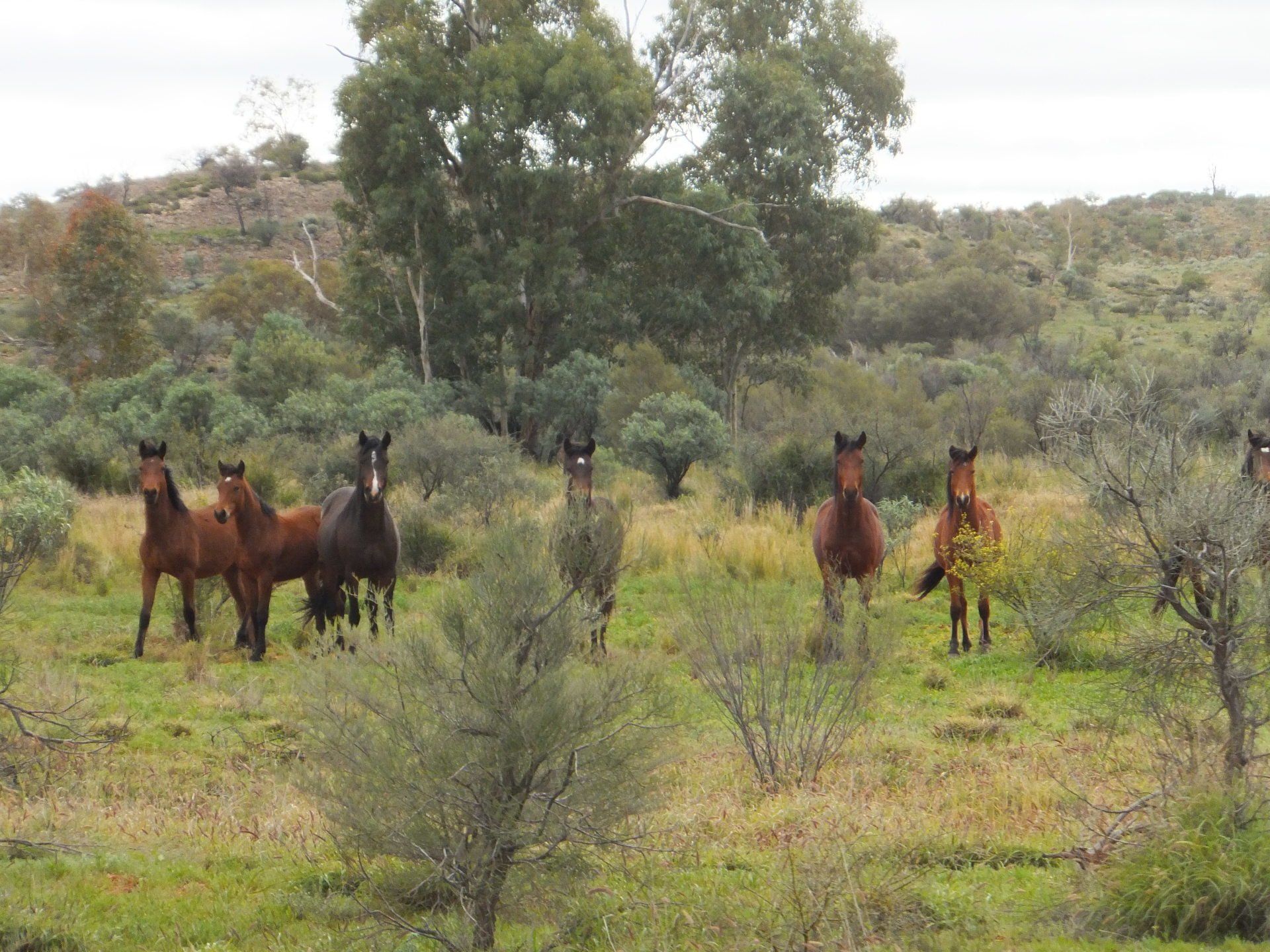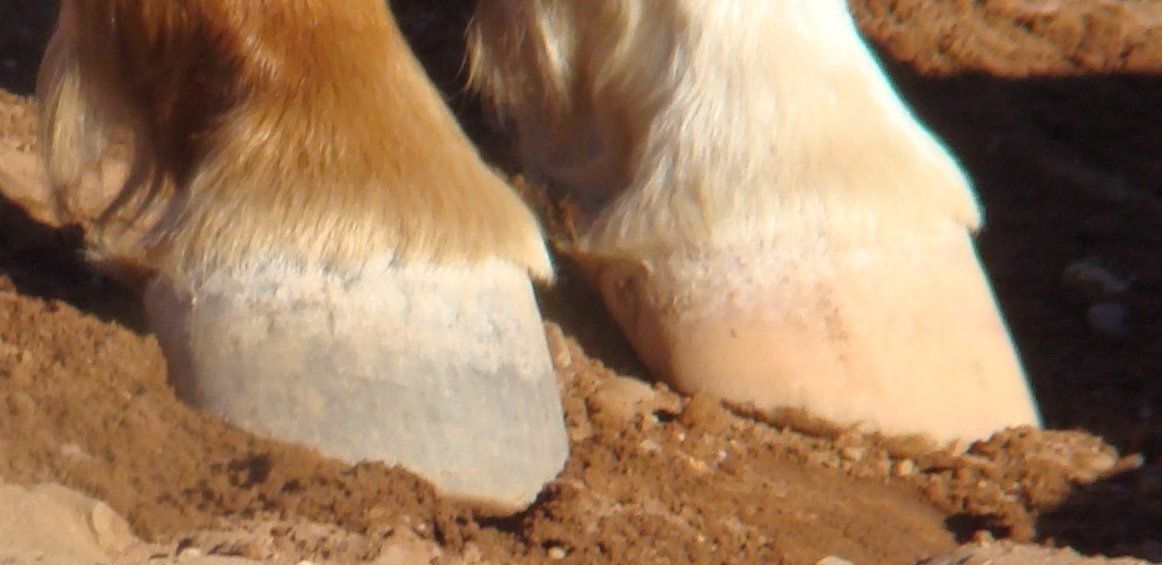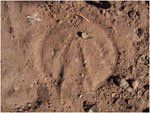EDUCATION & TRAINING
EDUCATIONAL OPPORTUNITIES
Wild About Hooves are passionate about education and offering a range of opportunities to learn about good hoof care. From the sell out class, "No Hoof, No Horse" learn to trim two day workshops to an industry-based Certificate in Equine Hoof Care or full qualification Certificate III with a nationally registered training organisation. Scroll below to see upcoming workshops.
Education gives us an understanding of the world around us and offers us an opportunity to use that knowledge wisely.
LEARN TO TRIM WORKSHOPS
NO HOOF, NO HORSE – LEARN TO TRIM WORKSHOP AUSTRALIA’S #1 PRACTICAL WORKSHOP IN HOOF CARE FOR HORSE OWNERS.
What is it?
A jampacked, educational, fun and hands on two day workshop designed to give participants the skills and knowledge to maintain their own horses hooves. It was created by the professional trimmers and qualified trainers of equine hoof care at www.wildabouthooves.com.au to share with horse owners a template on how best to trim horses hooves. So that each time you go to trim your horse you will use a step by step formula, making it easy and simple to do it yourself.
NO HOOF, NO HORSE – LEARN TO TRIM
2 DAY WORKSHOP, MOUNT PLEASANT, SOUTH AUSTRALIA
MAY 17TH & 18TH, 2025 Two day fee $500
NO HOOF, NO HORSE – LEARN TO TRIM
2 DAY WORKSHOP, TOONGABBIE, VICTORIA
MAY 31ST & JUNE 1ST, 2025 Two day fee $500
NO HOOF, NO HORSE – LEARN TO TRIM
2 DAY WORKSHOP, HAWKESBURY, NSW
JULY 19TH & 20TH, 2025 Two day fee $500
NO HOOF, NO HORSE – LEARN TO TRIM
2 DAY WORKSHOP, SUNSHINE COAST, QLD
AUGUST 2ND & 3RD, 2025 Two day fee $500
NO HOOF, NO HORSE – LEARN TO TRIM
2 DAY WORKSHOP, DELORAINE, TASMANIA
OCTOBER 4TH & 5TH 2025 Two day fee $500
QUALIFICATION IN HOOF CARE
CERTIFICATE COURSE – EQUINE HOOF CARE
Next available course commences 27th January 2025
Become a Certified Hoof Care Practitioner! Join the big brand in hoof care, ACEHP – The Australian Certified Equine Hoof Care Practitioners. This 12 month course entails a two week intensive study block, time with mentors in the field, compilation of detailed case studies and assignments. It is hands-on and practical based. Designed to give you the knowledge, skills and confidence to work within the equine industry.
It is recognised as the best source of practical equine hoof care education in the world.
It is the first and only nationally recognised Certificate in Equine Hoof Care. Unlike other hoof care courses this 12 month course gives students PRACTICAL skills, knowledge and ongoing support and further training opportunities to become the very best in professional hoof care practitioners.
Go to www.australianhooftrimmers.com
for more information!
WILD HORSE
The inspiration behind “Wild About Hooves” is the wild horse. These horses with their strong, healthy, sound bare hooves are the goal. They are living proof that horses don’t need shoes.
Jen and Jeremy have studied the Australian Brumbies and American Mustangs. They have filmed and researched their movement, environment and diet. They are in awe of their overall health, hardiness and heavy-duty lame-free hooves.
There is so much to be learnt from observation of the wild horse worldwide.
With their knives and rasps, their trim on a domestic horse aims to mimic the natural wear of the wild horse. Their educational workshops aim to highlight the importance of trying to keep our horses in a “wild horse” environment to improve their quality of life.
Wild About Hooves run an annual ‘Wild Horse Adventure Tour’ to observe brumbies in their natural habitats.
WILD HORSE ADVENTURE TOUR
TOUR DATES: DATES TBC FOR 2023 register your interest with jenclingly@yahoo.com.au
3 DAY TOUR – all inclusive $1200 >> Book Online
For those keen to observe Australian brumbies in their natural habitats in outback Northern Territory then this trip is a must. There is so much to be learned from observation of the wild horses and their relevance to our domestic equines. Living examples will cement all your beliefs that horses don’t need metal shoes. This is a rare chance to study our wild horses and gain understanding of their hardiness especially their tough sound hooves. We will camp under the stars and enjoy meals in the harsh yet spectacular environment that causes the production of these incredible hooves.
- All meals and camping equipment
- 3 x jam packed days touring
- 4wd vehicle transport
- Access fees to Aboriginal land guided bushwalks Aboriginal History & Interpretation. Visit places no ‘white fellas’ have been.
- Drop off & pick up from accommodation
- Quality time with WILD BRUMBIES!
- Tour departs and returns to Alice Springs. Tour runs annually.
NITTY GRITTY
Costing is based on min 10 bookings. Places are filling fast. Airfares not included. Cancellation fees apply. $200 non-refundable deposit secures your booking. Wild About Hooves reserves the right to amend prices, itinerary and tour due to weather or operational reasons. We expect you to have a reasonable level of fitness and act responsibly for your safety. We recommend travel insurance. For further details, booking and enquiries contact Jen on mobile 0408 838 198
or jenclingly@yahoo.com.au.
Educational DVDs
From Outback to Racetrack
A moving journey of discovery, for a better understanding between the human, the horse and the environments we live in.
An inspiring and thought provoking journey to the Australian outback to study the brumby horses. A journey to make you reflect on the nature of the horse and the relevance these wild horses have to our domestic equines. It highlights the bare facts of horses without shoes, about changing horse keeping practices to complement evolutionary needs, and ways to adapt our home environments to keep some of the “wild” elements. A journey to help horses perform in any discipline with success and soundness.
HOOF BOOTS
GIVE SHOES THE BOOT!
If you are considering using hoof boots on your horse read on…
Convenient and ready to go whenever you are – Boots are the alternative to shoes.
Nowadays, instead of needing shoes, horses can be fitted with boots that honestly protect hooves from excess wear, bruising and concussion. Current technology has provided us with many choices of hoof boots. Rubber boots have been designed with the performance horse in mind and are a genuine replacement for the metal shoe.
Boots also allow a horse to heal more quickly and completely from common hoof diseases such as laminitis and founder, navicular syndrome, quarter cracks and contracted heels – problems which are often caused and worsened by metal shoes.
Photo of endurance rider Marg Richardson competing on Toby in Easy Care Bares.
Toby won the 2006 Tasmanian State Championships 90km event in boots.
THE BENEFITS OF THE BOOTS
A hoof fitted comfortably inside a boot made of tough, elastic materials is free to expand and contract, pump blood normally and torque side to side with each step. The hoof is meant to spread on weightbearing. It is the natural shock absorbing feature of the hoof. A shod horse on the other hand is unable to flex and thus is at a disadvantage from the impacts of concussion from a steel shoe, it has reduced circulation and loses feeling and traction. Concussion is passed off to joints and ligaments higher in the limbs and body which are not designed to dissipate shock.
Horses can be transitioned successfully barefoot through using boots as the alternative to shoes. Horses can remain usable/rideable for work by quickly donning a pair of boots. Boots can be slipped on for training rides where the terrain is too tough for the condition of the hooves at any time. If wear exceeds growth on barefoot horse on a long distance ride of 100miles – boots must be fitted to protect the hoof from further wear that will lead to soreness and minching steps.
Boots offer improved traction especially on bitumen roads.
Boots can withstand rocky terrain and miles of abuse. However it is important that the boots fit well.
Easy to use. Quick to fit. A person familiar with the boots can have them fitted in less than one minute.
Boots are cost effective – initial outlay and fitting can appear expensive but when you weigh up the lifespan of the boots compared to shoeing costs over the same time frame, boots are a cheaper alternative. Boots don’t wear like a metal shoe. If you learn to trim yourself and use boots you will save yourself a fortune.
Horses usually only need to have boots on the front hooves as the front hooves bear approximately 70% of a horses body weight.
HANDY TIPS FOR SUCCESSFUL BOOTING
Just like us wearing in a new pair of shoes it takes time and wear for the shoe to mould to our individual foot/conformation, we might endure a blister or two until our feet turn the new shoe into a favourite “slipper”. A horse too can experience chaffing/rubbing. You can’t aim to prevent chaffing with pastern wraps. Most boot companies provide the pastern wraps which are made from wetsuit fabric, free with your boot purchase. Alternatives to these are cutting the base out of a beer stubby holder and slipping it up the pastern or even slipping on a large woolen sock. Applying curash baby powder before donning the boots to the heel bulbs and pastern also helps prevent chaffing. Wiping methylated spirits helps to toughen the skin (but not on broken skin).
If you are interested in using boots, get them professionally fitted if you can. Most hoof trimmers carry boots as part of their business, they will measure up the hoof and fit the horse and make the boots available to you there and then, which saves you the stress of measuring up yourself. An incorrectly fitted boot can lead to all sorts of problems including chaffing and even a broken boot. Correct size selection will ensure maximum performance. Hoof boots allow you the opportunity to bridge the gap between conventional horse shoes and high performance barefootedness.
Hoof boots allow you the opportunity to bridge the gap between conventional horse shoes and high performance barefootedness.
Photo of endurance rider Jen Clingly with Imaj Zamir competing in full set of Old Macs during the 2003 endurance year to comply with the Australian requirements of “competing on an adequately shod horse”.
Rules are now amended to allow horses to compete barefoot.
HANDY TIPS FOR SUCCESSFUL BOOTING
The boot market is only going to improve too – boot makers will refine and fine tune – the riding public will demand it and the ultimate boot will happen as all supply and demand things do.
Horses that are unshod, trimmed correctly and wear boots when needed, rarely develop any severe hoof lameness in the duration of their lives.
“Only two animals on this earth wear shoes – humans and horses.” (Andrew Delvecchio) We can take ours off and on at will, hoof boots allow horses this luxury and freedom as well.
Utilising boots for hoof protection allows the amazing attributes of the hoof to work for the horse, keeping them sound and healthy, allowing us to work with and enjoy them for many more years.



